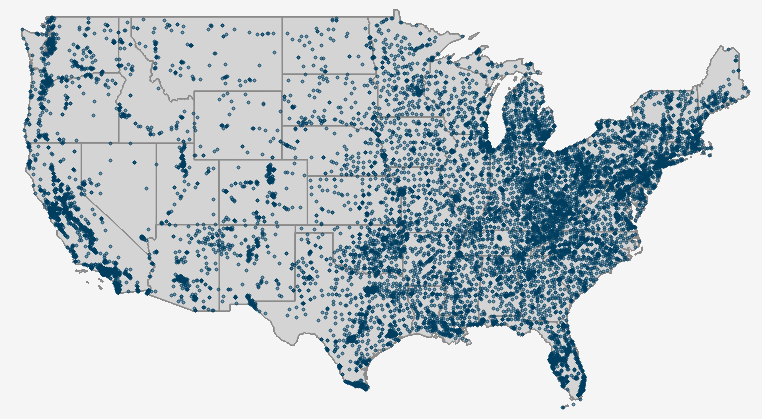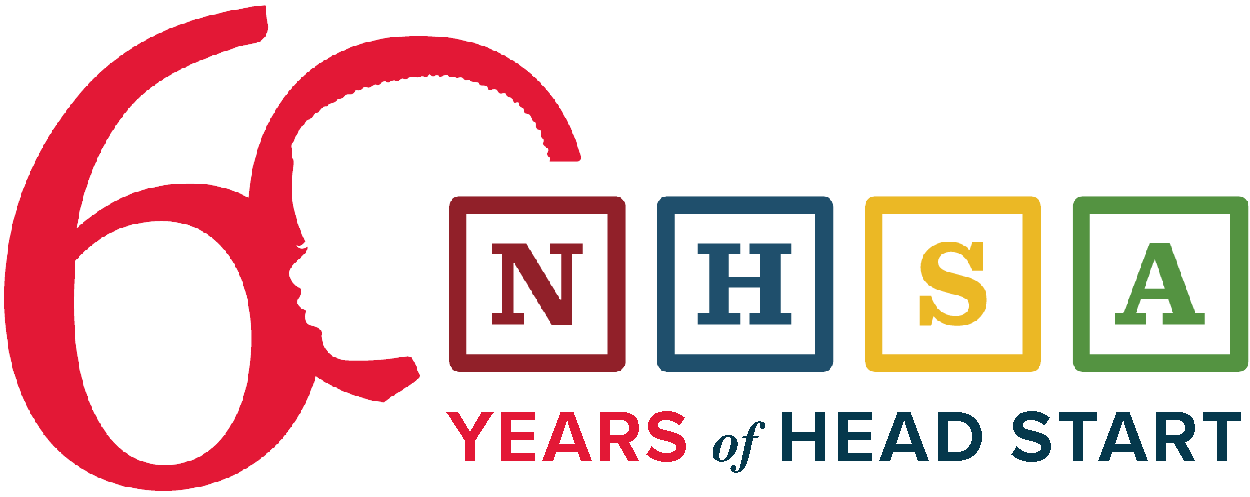Introduction
In all 50 states, the District of Columbia, U.S. territories, tribal lands, and migrant and seasonal communities, Head Start, Early Head Start, American Indian Alaska Native (AIAN) Head Start, and Migrant and Seasonal Head Start programs serve more than 750,000 vulnerable children and their families each year from pregnancy to kindergarten entry.
National Head Start Profile

2025 State Fact Sheets
Click on your state to download your 2025 Head Start Fact Sheet or use NHSA’s interactive map to explore Head Start locations in detail.
Facts and Impacts
Head Start works. Children make innumerable gains. These advantages appear immediately, last a lifetime, and positively impact generations.
Early Head Start Facts & Figures
Download and learn more about Early Head Start’s service delivery models, how programs support families’ comprehensive needs, and how the program promotes equity.
Across nearly 53,000 classrooms, the proven Head Start two-generation model works every day to ready children for school and for life while strengthening families.
More than 263,000 staff work in Head Start and Early Head Start, ranging from preschool and infant and toddler teachers to bus drivers and cooks, family support workers, home visitors, and program directors.
Head Start and Early Head Start are uniquely valuable to state early childhood systems:
